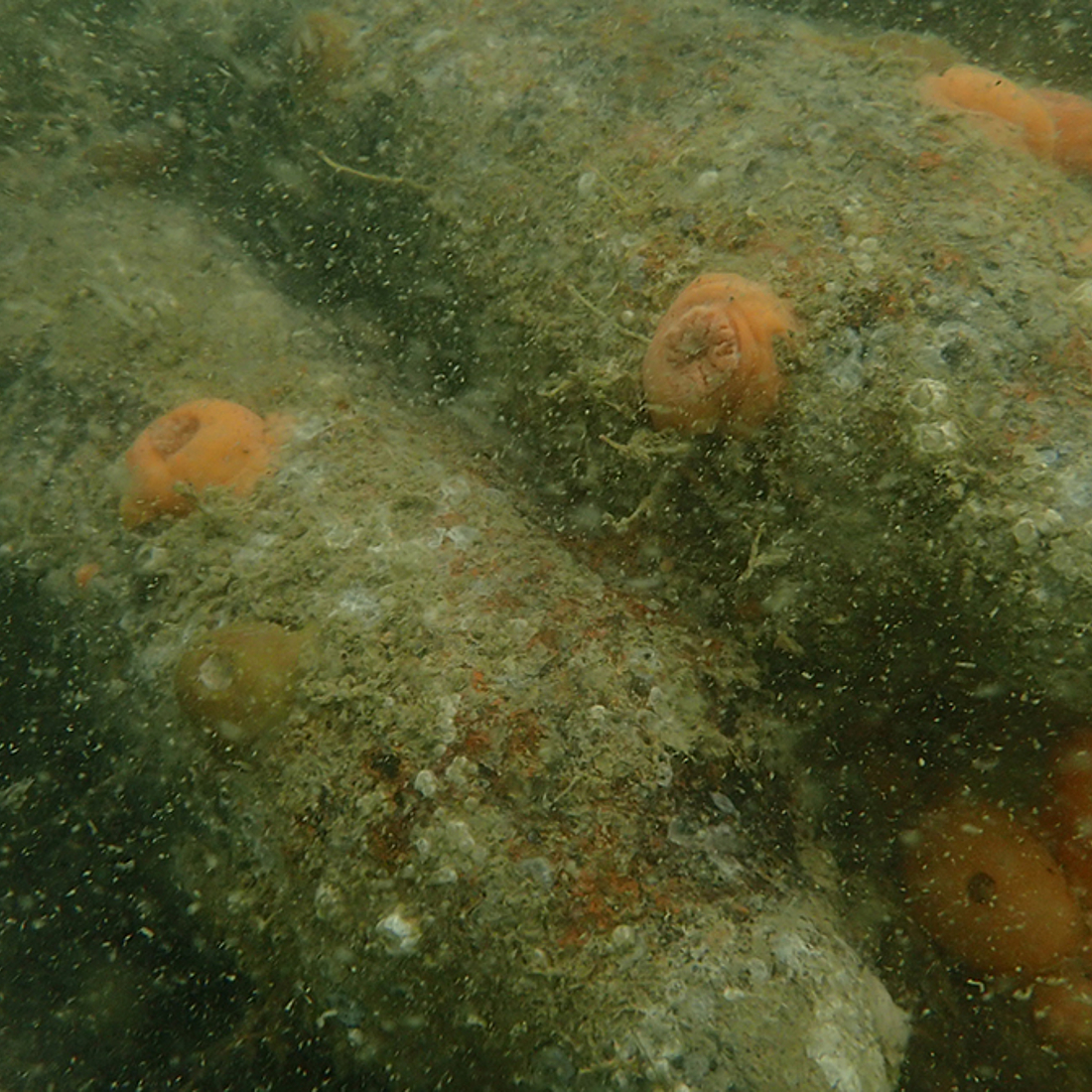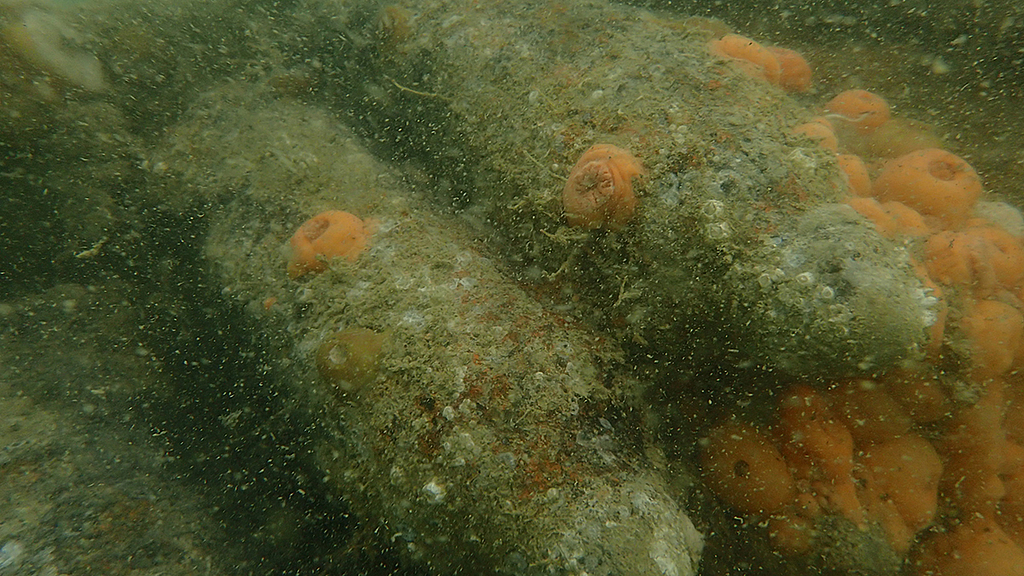World War Two and the North Sea
Both in the sea and on coasts, wrecks, weapons and debris continue to offer visible reminders of World War Two (1939-1945). As Germany’s sole access route to the oceans, the North Sea played a particularly important role in the numerous naval battles fought.
As in World War One, the North Sea was the arena for confrontations between the British and German navies. The technical superiority of the Royal Navy was apparent from the outset; the loss in the Battles of Narvik of three cruisers and ten destroyers on the German side further heightened that imbalance.
In the spring of 1940, the German navy attacked Norwegian ships and Allied vessels from the UK in waters near the town of Narvik. Securing Narvik as a port of shipment for important military supplies was one of the key objectives behind the Nazi regime’s occupation of Norway, along with a desire to make it harder to maintain a naval blockade of German ports.
Following these and other losses, the German naval high command avoided deploying large ships, intensifying its use of submarines and auxiliary cruisers instead. These deployments resulted in the sinking of a number of ships along with their dangerous cargo.
From the start of the war on, mines were laid from ships in order to hinder access to the North Sea. Many vessels were sunk after hitting such mines. Technological advances soon led to the introduction of other systems that allowed mines to be dropped from aircraft. A large number of mines entered the North Sea in this way, and examples are still washing up on shores today.
It is not just naval mines that went into the North Sea from the air however: fighter planes unable to discharge above the target sites would jettison their cargo in the North Sea on their return legs. This avoiding having to land with bombs still on board, which was deemed too dangerous, and also saved on fuel. In addition, planes were downed above the North Sea and these, too, can still be found on the seabed.
Weapons and wrecks continued to enter the sea after the war ended in May 1945, with the German navy sinking its own ships and their munitions in order to prevent them from falling into Allied hands.
Warships and their crews were not the only contributors to this legacy of wrecks and munitions that still litter the seabed, however; in the postwar years, many thousands of tonnes of conventional and chemical munitions were deliberately dumped in the North Sea and Skagerrak.
Partner
-


